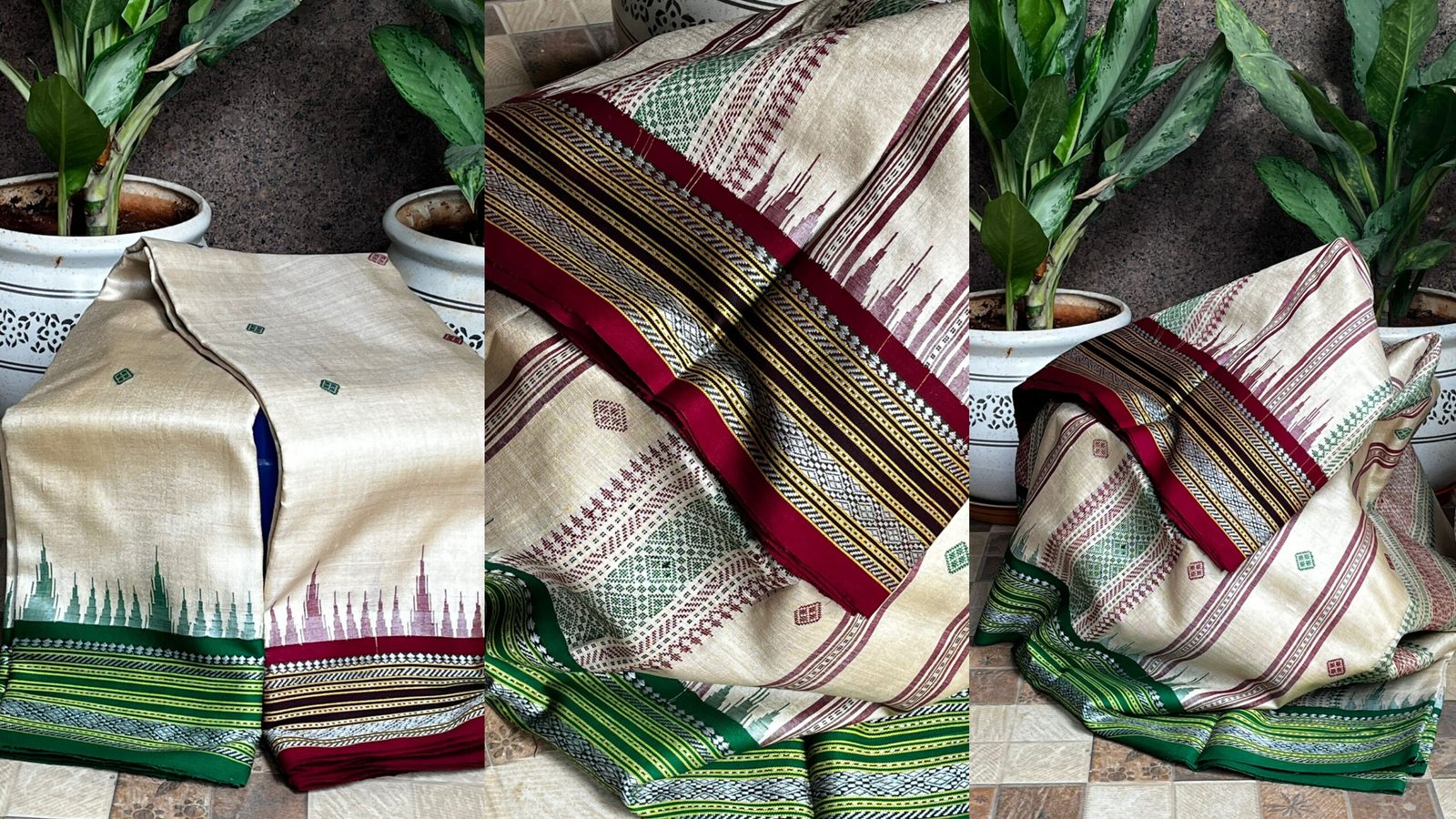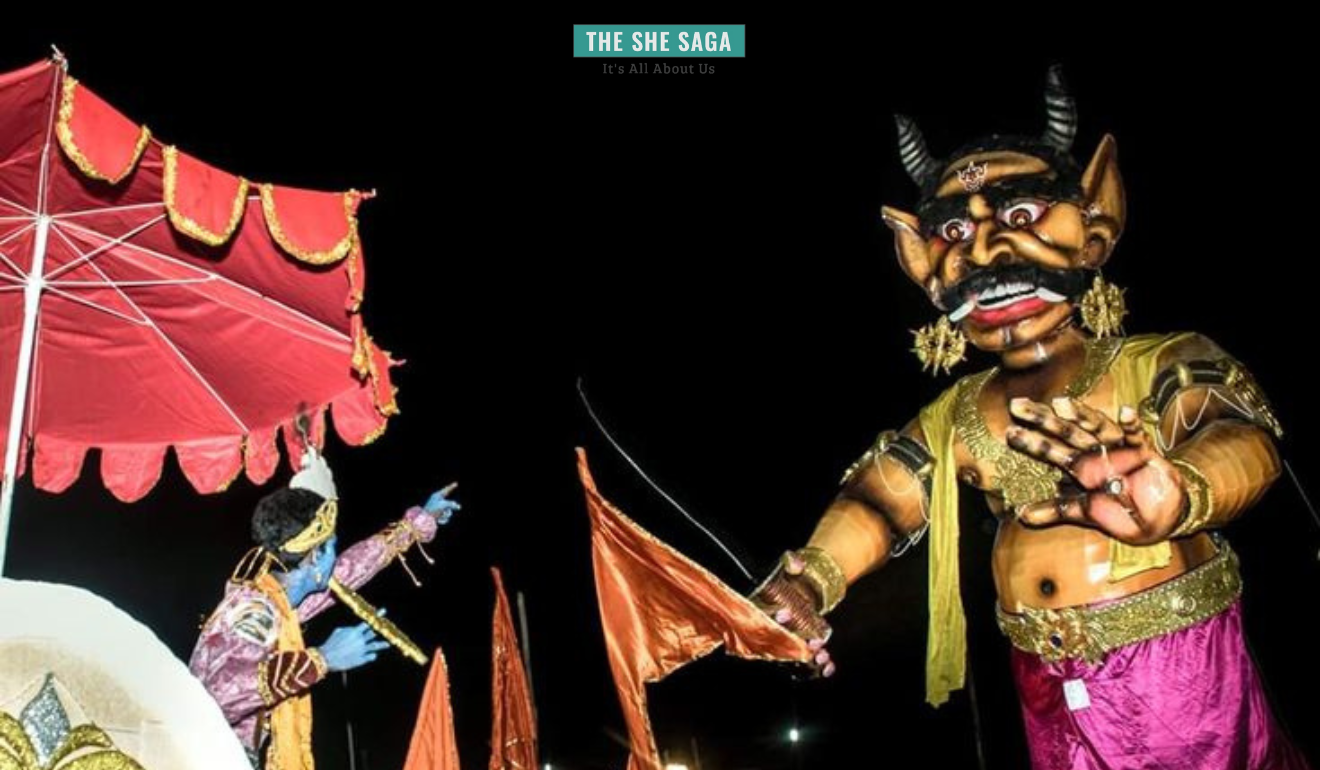Part I
Post lunch we explored Pattadakal at leisure. It’s a UNESCO World Heritage site lying 24 km from Badami. It has nine Hindu temples mostly dedicated to Shiva and one Jain temple. The large Virupaksha Temple is still an active place of worship. One can spend hours here marvelling at the various Vedic and Puranic friezes, stories from Mahabharata and Ramayana. The site is a diverse mix of both the Nagara (north Indian) and Dravidian (south Indian) styles of architecture and was used for the coronation ceremonies of the Chalukya Kings. The Shrines from different faiths also demonstrate the secular nature of the rulers. The region remained a cultural and religious hub even for the later dynasties like the Rashtrakutas and the western Chalukyas.

Another short ride of 13 km brought us to Aihole. Picture an art school workshop – difficult to manoeuvre without touching protruding tools or some unfinished work or a sudden glimpse of a piece of exceptional perfection. Aihole is that workshop from 700 years ago!! Each turn, each stone has a story to tell.
A popular legend states that Lord Parasuram, after avenging his father’s death washed his blood-stained hands and battle axe at the river Malaprabha here. The blood turned the river red and a woman seeing this screamed ‘Ayyo Hole’ or ‘Oh No Blood! ‘in Kannada, hence the name Aihole.
By the 6th century, Aihole emerged as the cradle of experimentation with temple architecture, stone artwork, and construction techniques. There are over 120 Hindu, Jain and Buddhist monuments from the 4th to 12th century CE. A walk through the village feels like time travel with innumerable monuments scattered around. They are of varied styles and do not follow any one norm.
Durga Gudi, the postcard temple of Aihole is the best-maintained cluster with seven monuments like the Lad Khan Temple, Gaudargudi etc within its landscaped premises. The main temple is dedicated to Lord Shiva and Vishnu. The name Durga is due to its proximity to a fort wall in ancient times. Look closely to understand why it’s believed that the Indian Parliament building was inspired by this Durga Gudi !!

As the sunlight and our energies diminished we reached the crowdless Mahakuta group of Temples. These were built around the same time as Aihole and have numerous Temples, an important Shaiva monastery and a natural spring which flows into the central Vishnu Pushkarni. The large Mahakuteshwara Temple is an active shrine much revered by the locals.
A lull descended on the energetic group as the tempo sped through the dusk amidst this land of unending sugarcane fields bordered by rugged sandstone hills.
The history of the Bagalkot district is fascinating. Pre-historic megalithic dolmens have been discovered at Badami and Aihole. In the 6th century, the experiments started in Aihole, were refined further in Badami. And the culmination of these efforts with stunning fusions between architectural ideas from the North (Nagara style) and South (Dravida style) of India happened at Pattadakal in the 7th and 8th century CE. We had just a day but a 2-3 day stay is recommended for travellers interested in Indian history and architecture. The best travel option is the Gol-Gumbaj Express which leaves Bangalore late at night and reaches Badami early morning.
It’s a shame that this golden trinity has been always overshadowed by its more popular cousin Hampi, located 150 km away. However, it is mind-boggling to note that Aihole came up more than 800 years before Hampi was constructed!

As I reminisce, my favourite moment from the trip was in the last cave of Badami. It has the smallest courtyard but offers the best views. We sat down for quite a while, enjoying the touch of the cool stone, the breeze gently caressing us, whispering sandstone stories from a bygone era. Art students were engrossed in making pencil sketches of the sculptures. The Agastya Lake shined like an emerald below. It was awe-inspiring to imagine the royalty walking these very courtyards while talented architects and efficient workers fashioned such poetry in stone.

One may have enjoyed many ancient monuments from India’s rich history but Badami is like no other. The clever amalgamation of nature and art has immortalized these beauties through the ravages of time. The setting is like an open-air museum for the Gods, vast, dramatic, and spectacular !!
















Facebook Comments